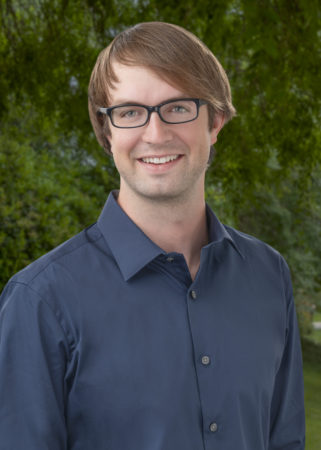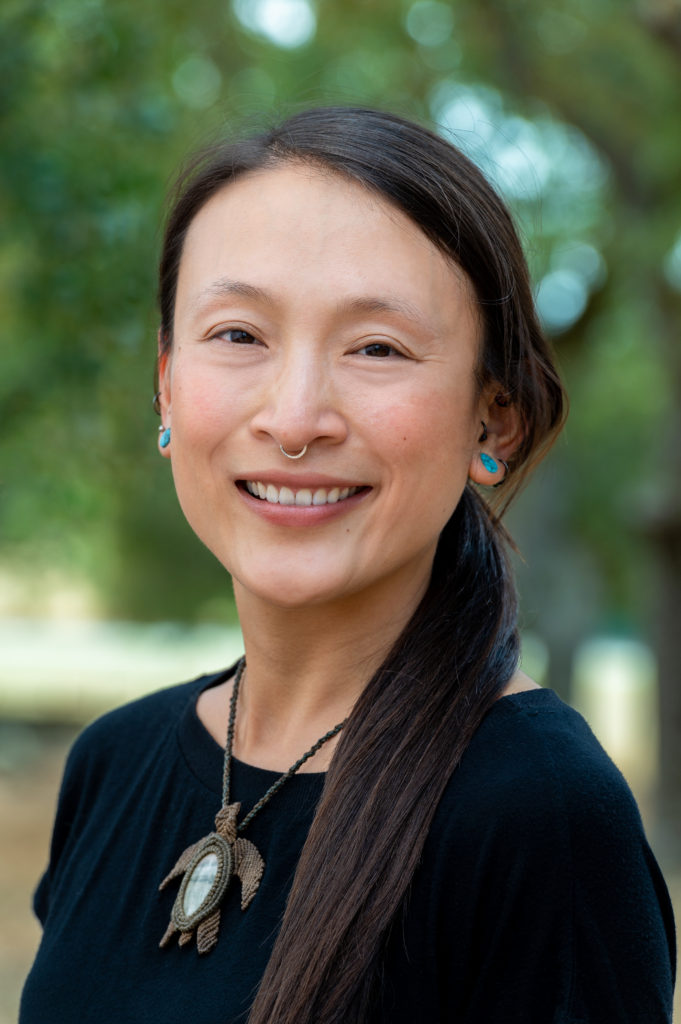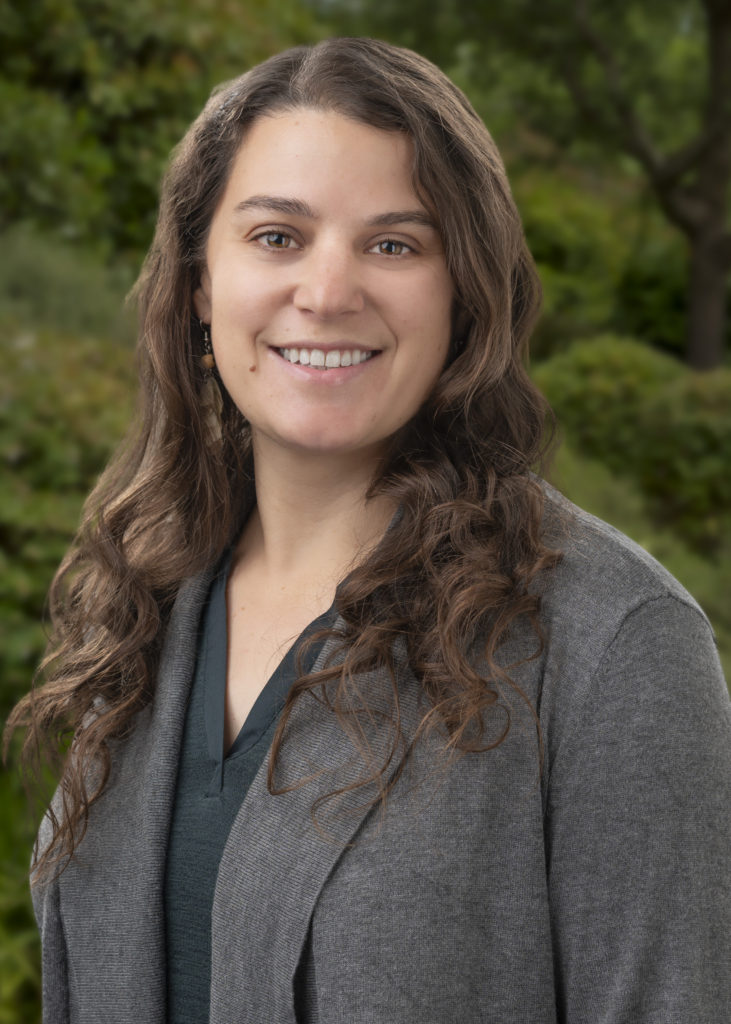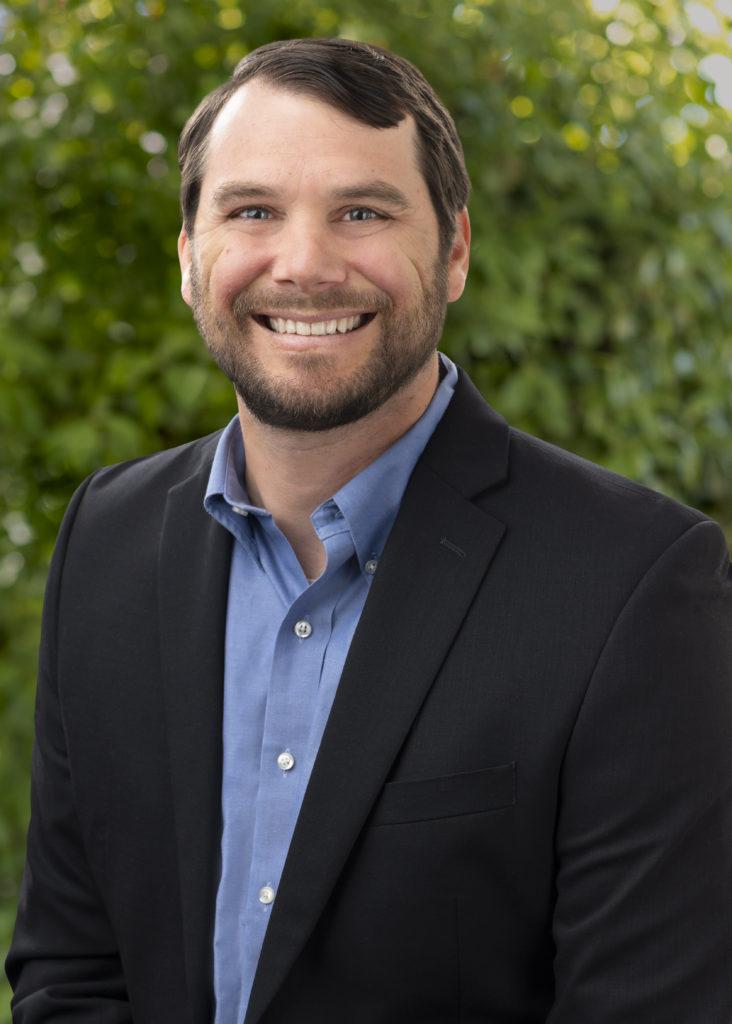Selected Publications
Moniz, P. J., and D. Ramos-Espinoza. 2023. Bulkley River Sockeye Salmon Telemetry Project Data Summary – 2022. Prepared for Wet’suwet’en, Smithers, British Columbia.
Buchanan, J., A. Hébert, P. J. Moniz, D. Ramos-Espinoza, and A. Putt. 2023. BRGMON-9 Seton River Habitat and Fish Monitoring Implementation Year 10 (2022). Prepared for Splitrock Environmental, Lillooet, British Columbia, and BC Hydro, Burnaby, British Columbia.
Cook, K. V., P. J. Moniz, and D. Ramos-Espinoza. 2023. Site C Fishway Effectiveness Monitoring Program (Mon-13) & Trap and Haul Fish Release Location Monitoring Program (Mon-14). Construction Year 8 (2022). Prepared for BC Hydro, Vancouver, British Columbia.
Hébert, A., P. J. Moniz, D. Ramos-Espinoza, and K. V. Cook. 2023. Lajoie Dam Improvement Project (GM-0246): Effects Assessment of the 2022 Drawdown of Downton Reservoir. Fisheries Act Authorization 22-HPAC-00271. Prepared for Splitrock Environmental, Lillooet, British Columbia, and BC Hydro, Burnaby, British Columbia.
Moniz, P. J., K. V. Cook, and D. Ramos-Espinoza. 2022. Site C Fishway Effectiveness Monitoring Program (Mon-13) & Trap and Haul Fish Release Location Monitoring Program (Mon-14). Construction Year 7 (2021). Prepared for BC Hydro, Vancouver, British Columbia.
Buchanan, J., A. Hébert, P. J. Moniz, D. Ramos-Espinoza, C. White, P. Freeman, and A. Putt. 2022. BRGMON-9 Seton River Habitat and Fish Monitoring Implementation Year 9 (2021). Prepared for Splitrock Environmental, Lillooet, British Columbia, and BC Hydro, Burnaby, British Columbia.
Moniz, P. J., and G. B. Pasternack. 2021. Chinook salmon rearing habitat–discharge relationships change as a result of morphodynamic processes. River Research and Applications 37(10):1386-1399.
Cook, K. V., P. J. Moniz, A. Putt, and D. Ramos-Espinoza. 2021. Site C Fishway Effectiveness Monitoring Program (Mon-13). Construction Year 6 (2020). Prepared for BC Hydro, Vancouver, British Columbia.
Hébert, A., P. J. Moniz, D. Ramos-Espinoza, J. Buchanan, C. White, and A. Putt. 2021. BRGMON-9 Seton River Habitat and Fish Monitoring Implementation Year 8 (2020). Prepared for Splitrock Environmental, Lillooet, British Columbia, and BC Hydro, Burnaby, British Columbia.
Moniz, P. J., G. B. Pasternack, D. A. Massa, L. W. Stearman, and P. M. Bratovich. 2020. Do rearing salmonids predictably occupy physical microhabitat? Journal of Ecohydraulics 5(2):132-150.

 (888) 224-1221
(888) 224-1221 Locations
Locations


















